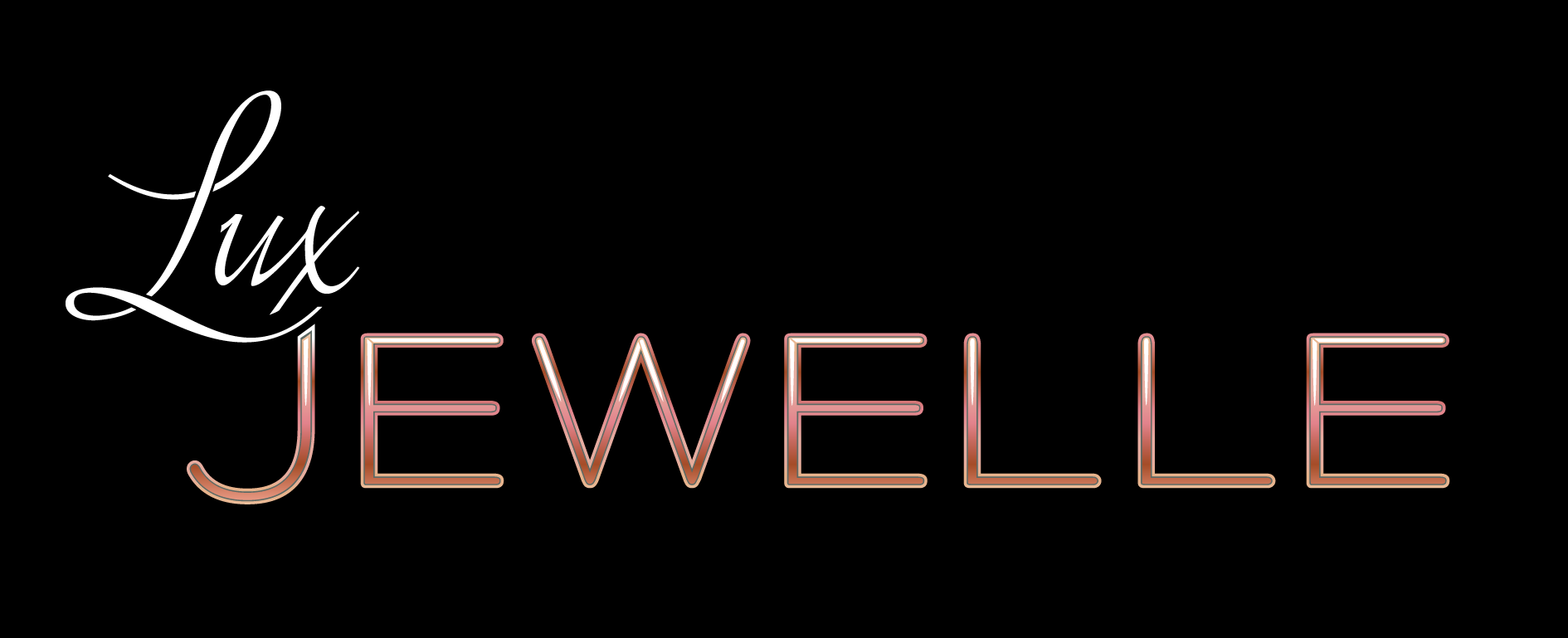A Piercer’s Perspective: Changing your jewelry isn’t forbidden – it can support healing
You may have read online that you should never change your piercing jewelry until the piercing is fully healed. That’s a safe general rule – but not the full story.
As a professional piercer, I always recommend that initial jewelry changes (such as shortening the post) should be done by a piercer, so I can monitor the healing process and make sure the switch doesn’t cause a setback.
However, I wrote this guide for those who:
- Don’t have access to their piercer
- Can’t come to see me here in Mikkeli
- Are stuck in a prolonged healing phase due to poor quality or unsuitable jewelry
I’ve seen many cases where clients have suffered with ongoing irritation for months or even years, because they were told to keep the original jewelry in “until it heals.”
But the healing began only after switching to the right kind of jewelry.
In one case, a client had a severe nickel allergy and their starter jewelry was made of surgical steel (which always contains nickel). That metal was the real reason their piercing never settled down.
Common problems that can be solved by changing jewelry:
- The jewelry is too long or too short, putting pressure on the tissue
- The material is low quality or causes allergic reactions (e.g. surgical steel, cheap metal alloys)
- The jewelry doesn’t suit the angle or anatomy of the piercing
In these cases, changing the jewelry safely at home can be the key to healing.
When is it safe and reasonable to change a piercing at home?
Changing your jewelry at home can be safe when:
- The piercing has healed well or the current jewelry is clearly causing problems
- You have clean tools and proper hygiene
- You use an insertion pin to guide the new jewelry in gently
- You have a helper or a mirror to assist with tricky placements
- You know how your jewelry works (threadless, threaded, clicker, etc.)
I personally select all LuxJewelle jewelry with the idea that they should be easy, gentle and safe to change at home.
And if you’re unsure? Feel free to message me – I’m always happy to help 💌
Step-by-step: How to safely change your piercing jewelry at home
- Wash your hands thoroughly with soap
- Clean the piercing and jewelry with sterile saline (e.g. NeilMed)
- Gently remove the old jewelry
- Insert the insertion pin into the piercing, and use it to guide the new jewelry in
- Make sure the jewelry fits well and closes securely
- Monitor the area – mild tenderness is fine, pain or swelling is not
💡 Clean tools, the right jewelry, and a calm environment = a successful change.
Insertion pin – your best tool for easy at-home changes
An insertion pin is my personal favorite tool as a piercer – and I recommend it to anyone changing jewelry at home.
It’s a small, smooth guide that lets you gently slide new jewelry into place without fumbling or irritating the tissue. It’s especially helpful for piercings you can’t directly see – like tragus, helix, or nipple piercings.
👉 Explore LuxJewelle’s insertion pins – available in several sizes for straight barbells, curved bars, and circulars. Perfect for cartilage, nostril, and nipple piercings.
Always choose safe, high-quality jewelry
A big reason why piercings don’t heal – or even get worse – is low-quality jewelry. Your body knows when it’s being irritated or harmed. That’s when you get migration, rejection, or long-term inflammation.
A safe, body-friendly piece of jewelry is:
- Made of implant-grade titanium (ASTM F136) or solid, nickel-free gold
- PVD coated over implant-grade titanium (for gold coloring that doesn’t chip)
- Highly polished and free from surface flaws
- The right size – too long or too short causes mechanical stress
🛑 If your jewelry doesn’t come with origin info, materials, or manufacturer details – it’s likely cheap, mass-produced factory stock.
🖤 At LuxJewelle, we never hide the source of our jewelry – we’re proud to sell only the best.
👉 Shop implant-grade titanium jewelry
👉 Browse our elegant gold pieces
Piercing jewelry change – FAQ
Can I change the jewelry before the piercing is fully healed?
Yes – if the original jewelry is causing problems. In many cases, switching to better jewelry helps the healing process begin.
It hurts to change the jewelry – is that normal?
Mild discomfort is okay, but real pain or resistance may mean you’re pushing too hard, or using the wrong technique or jewelry.
The new jewelry won’t go in – what should I do?
Don’t force it. Clean the area, use an insertion pin, and try again calmly. If it still doesn’t go, ask a piercer for help.
In Summary: You can change your jewelry safely – even at home
Changing your piercing jewelry isn’t just about style. It’s often a key part of healing and keeping your piercing happy.
With the right tools, quality jewelry, and good technique, you can take care of your piercing like a pro.
LuxJewelle is here to help with safe, beautiful body jewelry and practical tools – so you can feel confident in your look, every day.
🖤 Aunetta / Professional Piercer 🖤























